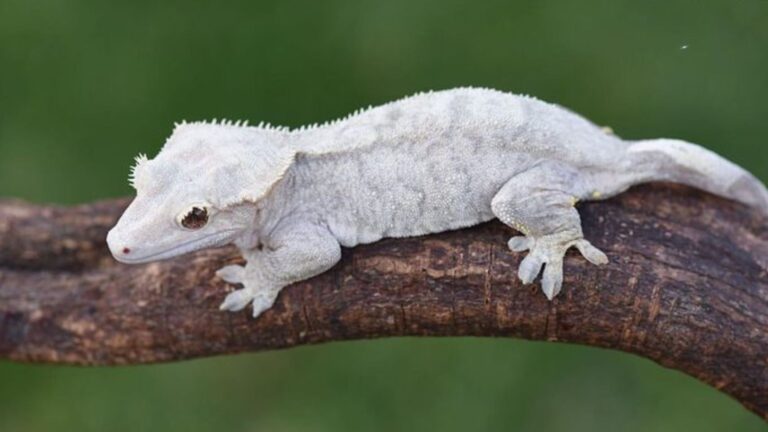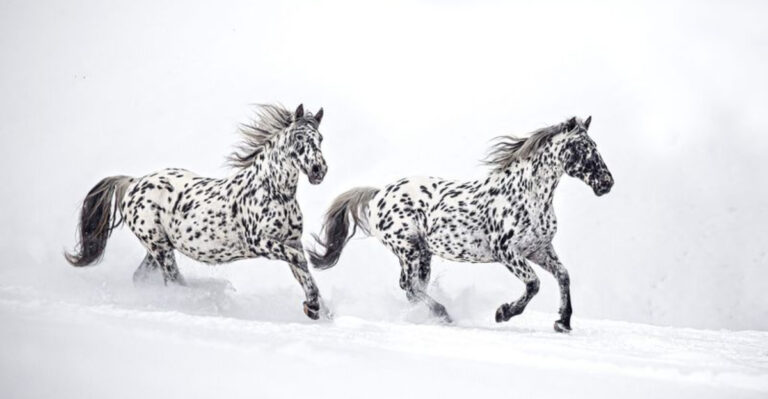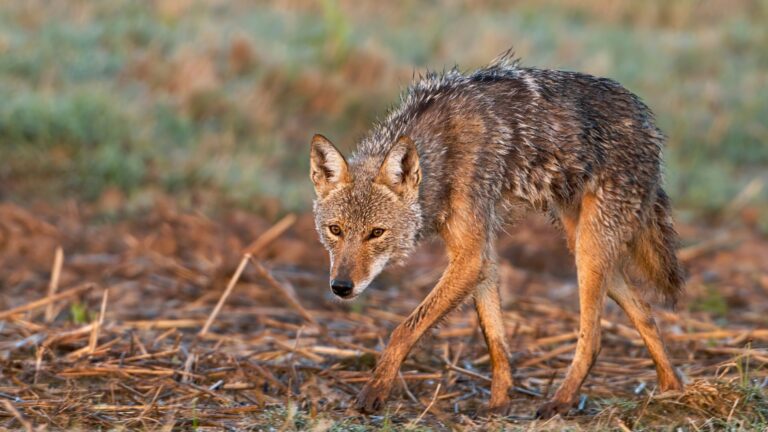16 Reasons Why Red Foxes Are The Most Incredible Survivors
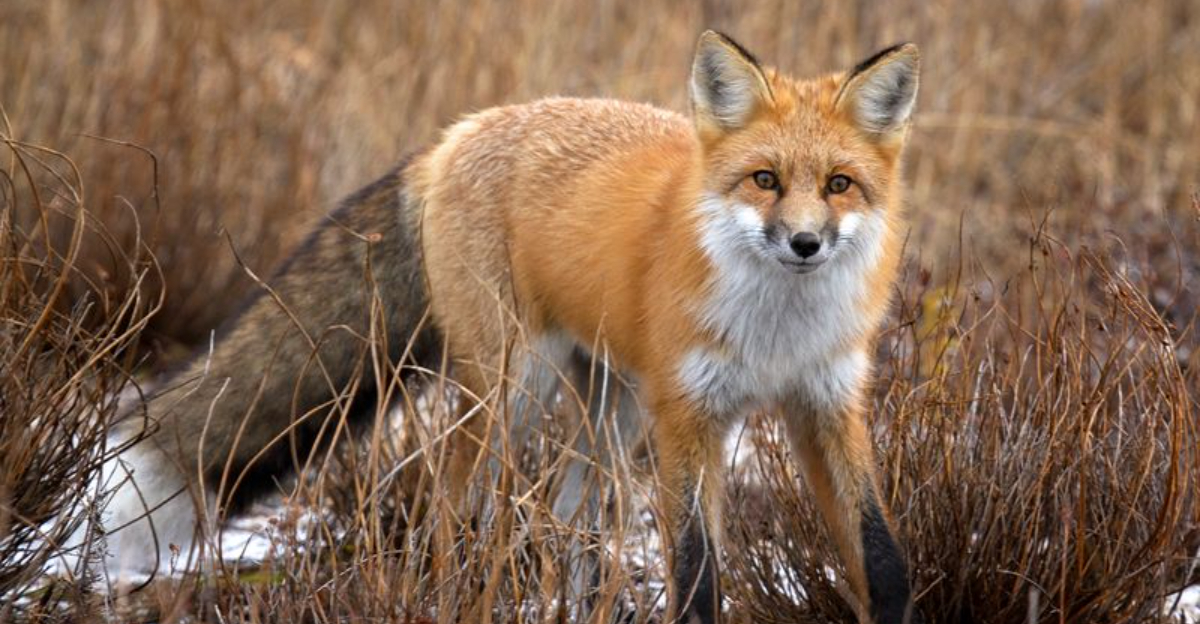
Ever wondered how red foxes manage to outwit their environment and thrive in diverse habitats? These cunning creatures have a knack for survival that’s nothing short of remarkable.
From their adaptable diets to their clever tactics, red foxes are nature’s true survivalists. Let’s explore how these wily animals have mastered the art of staying alive across the globe.
1. Master Of Disguise
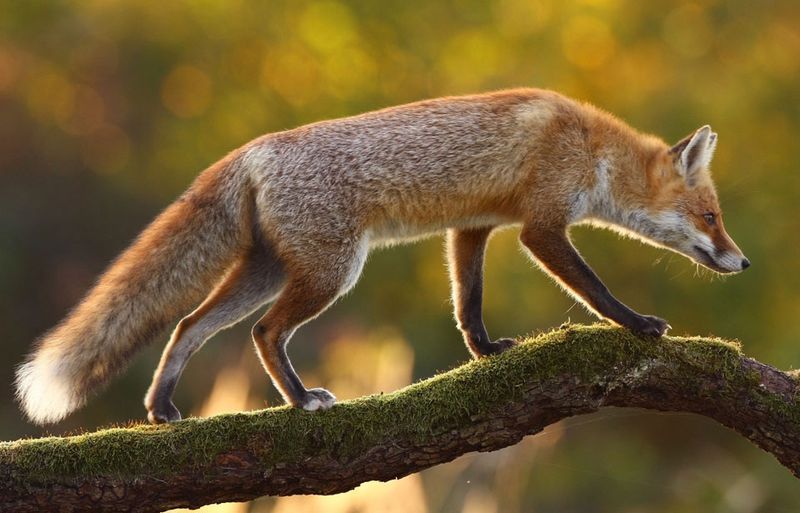
With fur that changes with the seasons, red foxes can blend into their surroundings effortlessly. In winter, their coats become a thick, snowy white, making them nearly invisible in a snowy landscape.
Come summer, their fur turns a rich red-brown, matching the forest floor. This natural camouflage helps them sneak past predators and ambush prey with ease.
2. Versatile Diet
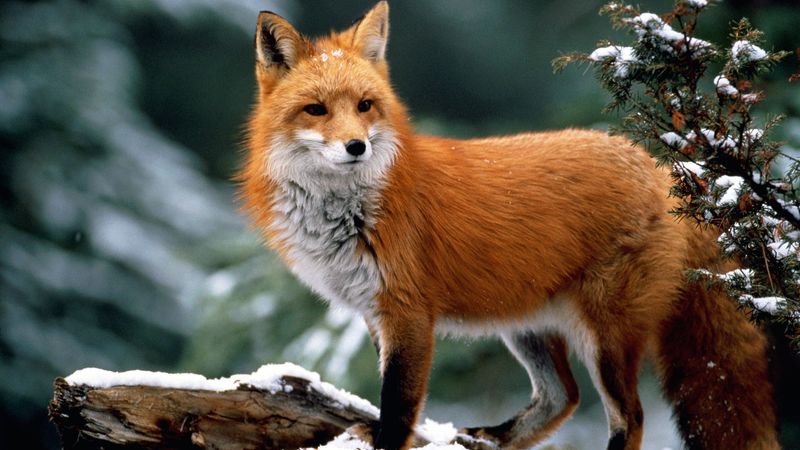
Red foxes are not picky eaters. From small mammals and birds to berries and insects, they can adapt their diet to whatever is available.
This dietary flexibility allows them to survive in a wide range of environments, from urban areas to dense forests. Their opportunistic feeding habits make them resilient predators and scavengers.
3. Nocturnal Navigator

Equipped with excellent night vision, red foxes are adept nocturnal hunters. Their eyes can reflect light, allowing them to see even in the darkest environments.
This advantage makes them successful at hunting during the night when many of their predators are less active. Their nighttime activities offer them a safer window to explore and hunt.
4. Keen Sense Of Hearing
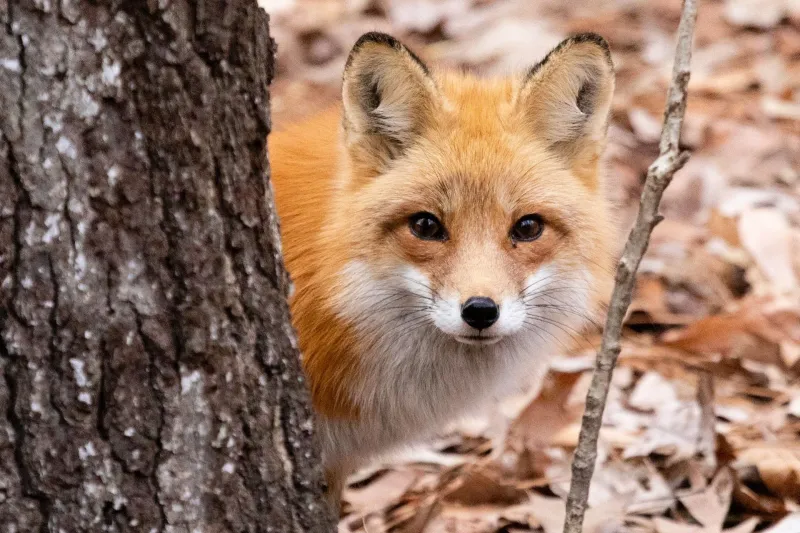
Red foxes have an extraordinary sense of hearing that allows them to detect the faintest sounds, like a mouse scurrying under the snow.
Their ears are finely tuned to pick up on frequencies inaudible to humans. This ability is crucial for locating prey hiding underground or beneath layers of snow. Their hearing is one of their most vital survival tools.
5. Speed And Agility
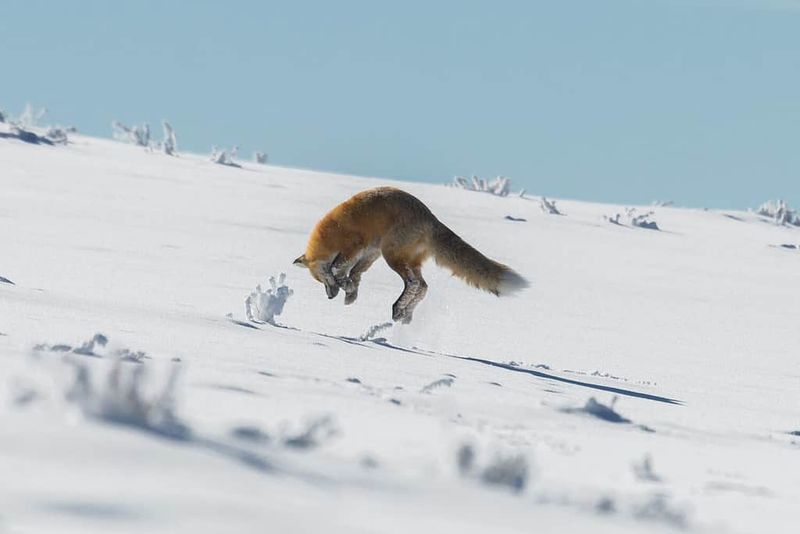
Fast and nimble, red foxes can run up to 30 miles per hour. This speed is essential for chasing down prey and evading predators.
Their slender, agile bodies allow them to maneuver through dense forests or open fields with remarkable ease. Speed and agility are key to their survival, enabling quick escapes and successful hunts.
6. Solitary Lifestyle
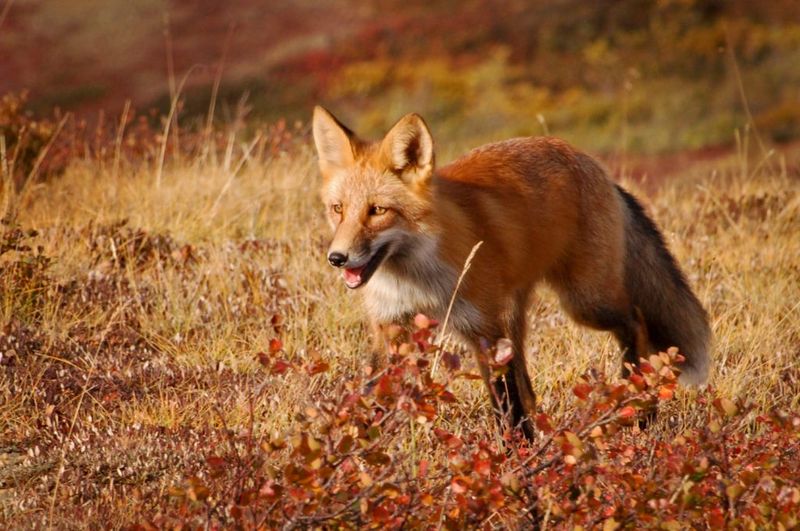
Red foxes lead primarily solitary lives, which helps them avoid competition for resources. By roaming alone, they can cover more ground and keep their food sources to themselves.
This independence also means they can adapt quickly to changing environments without relying on a pack. Their solitary nature complements their adaptable survival strategies.
7. Curiosity And Intelligence
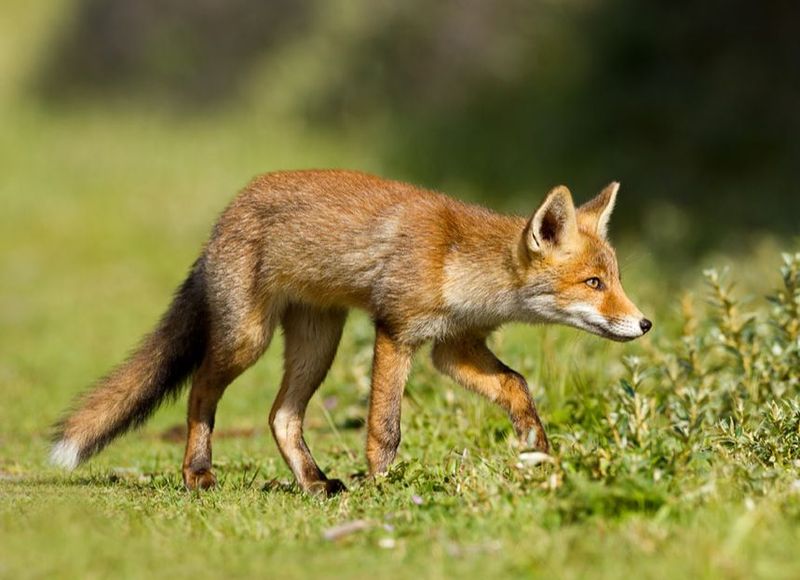
Curiosity didn’t kill the fox; it made it smarter. Red foxes are known for their intelligence and inquisitive nature, which drive them to explore and learn from their environment.
This curiosity helps them find new food sources and adapt to human presence, increasing their chances of survival in rapidly changing landscapes.
8. Acute Smell
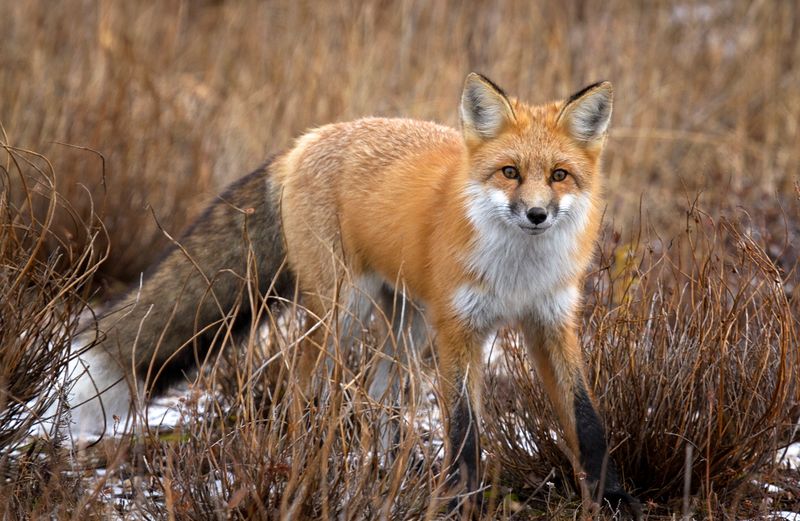
A red fox’s nose is like a radar, finely tuned to pick up even the faintest of scents. This acute sense of smell aids in locating food, detecting predators, and marking territory.
It allows them to track down food sources over long distances. Their olfactory prowess is yet another tool in their survival arsenal.
9. Resourceful Den Dwellers
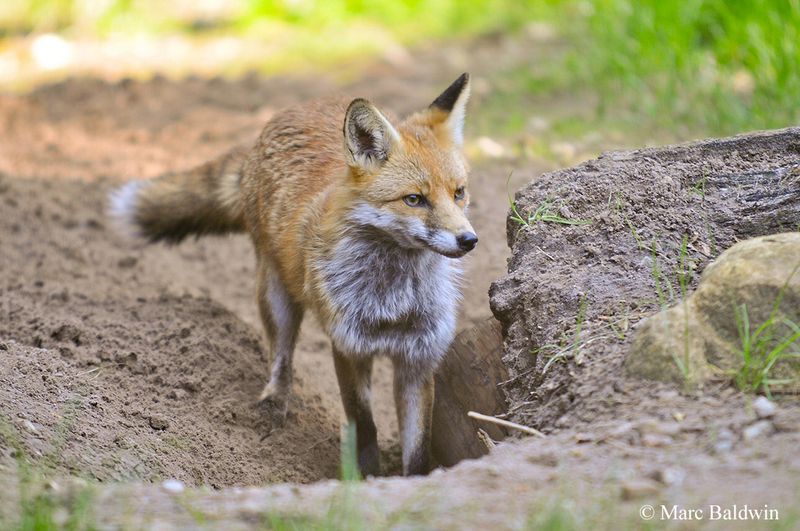
When it comes to home-building, red foxes are resourceful architects. They dig extensive burrows with multiple exits, providing safety from predators and harsh weather.
These dens are not only shelters but also places to raise their young in security. Their skill in constructing and maintaining these homes is crucial for survival.
10. Wide Geographic Range
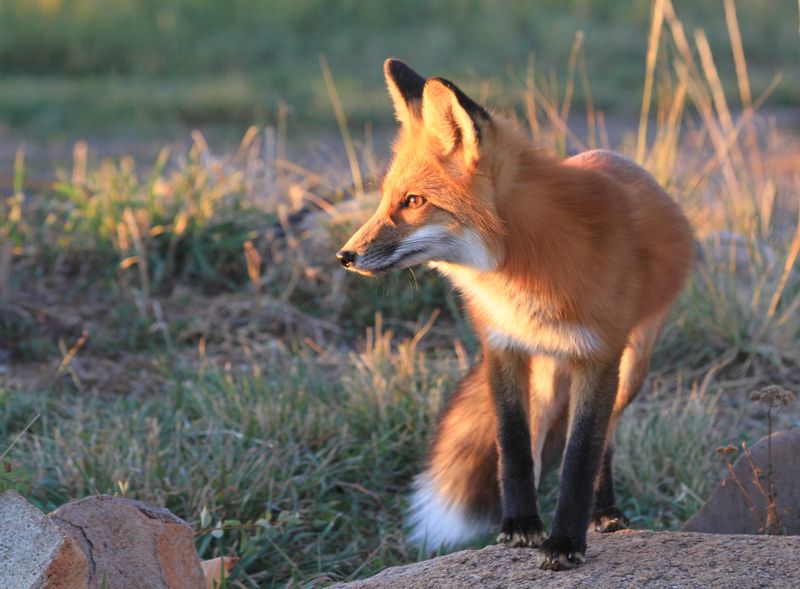
Red foxes are true global citizens, inhabiting a vast range of environments across four continents. From the chilly Arctic tundra to the warm deserts of North Africa, they thrive in diverse habitats.
This wide distribution is a testament to their adaptability and resilience, allowing them to survive in various climates and terrains.
11. Seasonal Adaptability
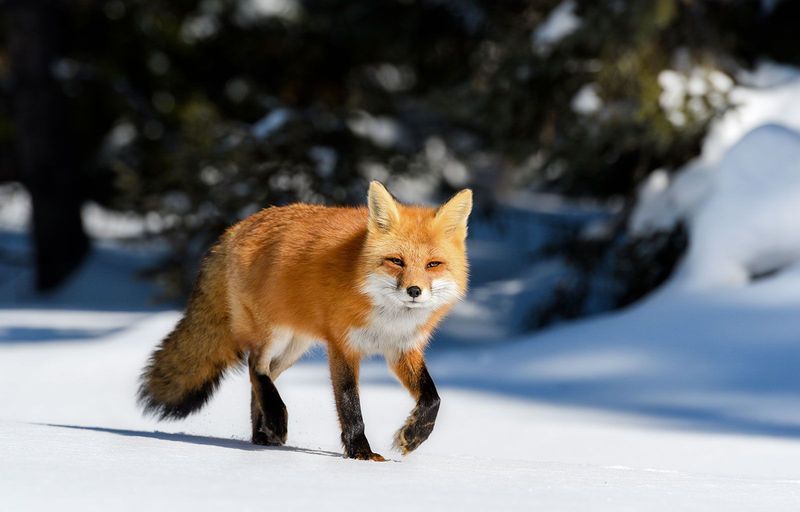
Whether it’s the freezing winters or the scorching summers, red foxes handle seasonal changes with ease. They grow thicker fur in colder months to conserve heat and shed it come spring to stay cool.
This adaptability to weather changes ensures they remain active and comfortable all year round, regardless of climate.
12. Socially Savvy
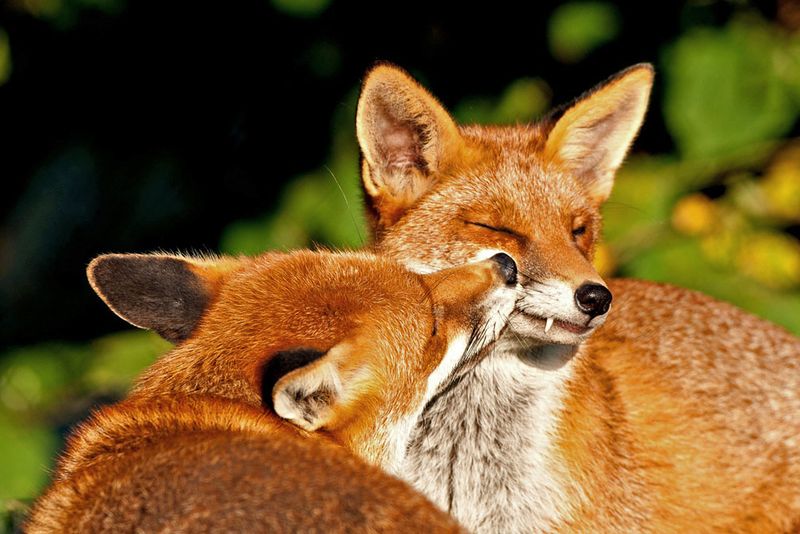
Though often solitary, red foxes are skilled at social interactions when required. They communicate using a series of vocalizations, body language, and even facial expressions.
This social savvy is essential for mating and raising their young. It helps them build temporary alliances or communicate warnings, showcasing their complex social behaviors.
13. Territorial Instincts
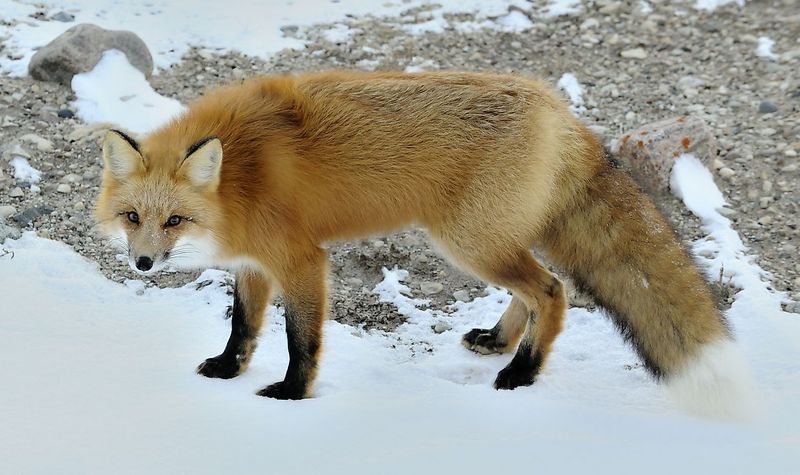
Red foxes are fiercely territorial, marking their domains with scent to ward off intruders. This behavior helps them secure resources and establish dominance over their area.
By claiming territories, they ensure access to food and shelter, vital for their survival. Their territorial instincts play a significant role in maintaining stable populations.
14. Adaptation To Urban Areas
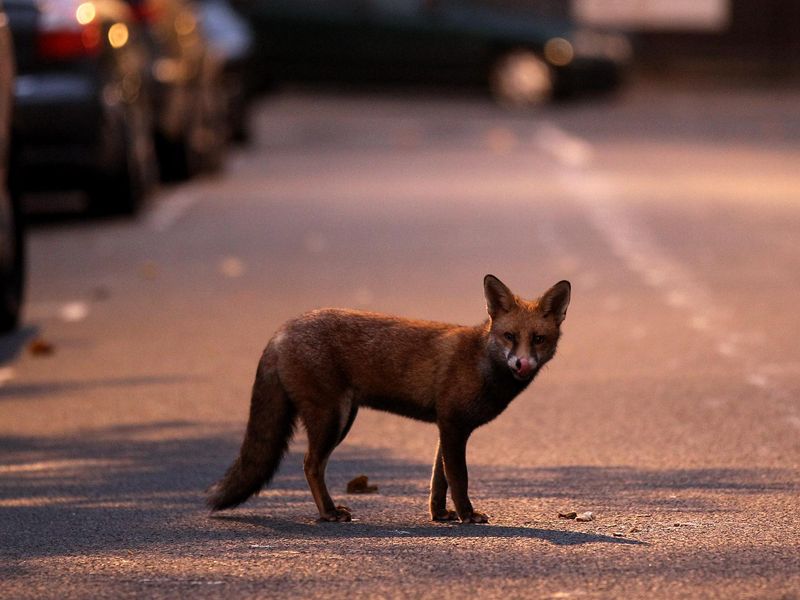
Urban environments are no match for the adaptable red fox. They’ve learned to thrive amidst human civilization, scavenging in trash bins and navigating traffic with surprising ease.
Their ability to coexist with humans demonstrates their incredible adaptability and resourcefulness. These city dwellers are becoming more common, showcasing their survival skills.
15. Efficient Hunters

Red foxes are skilled hunters, relying on a mix of patience, stealth, and precision. They use a unique pouncing technique, leaping high into the air to catch unsuspecting prey.
This efficient hunting method ensures they can secure food, even in tough conditions. Their predatory skills are a testament to their evolutionary success.
16. Remarkable Memory

Red foxes have remarkable memories, allowing them to remember and locate food caches hidden months earlier. This ability to store and retrieve food ensures they have reserves during lean times.
Their sharp memory aids in survival, making sure they’re never too far from a meal. This cognitive skill is a key component of their success in the wild.

